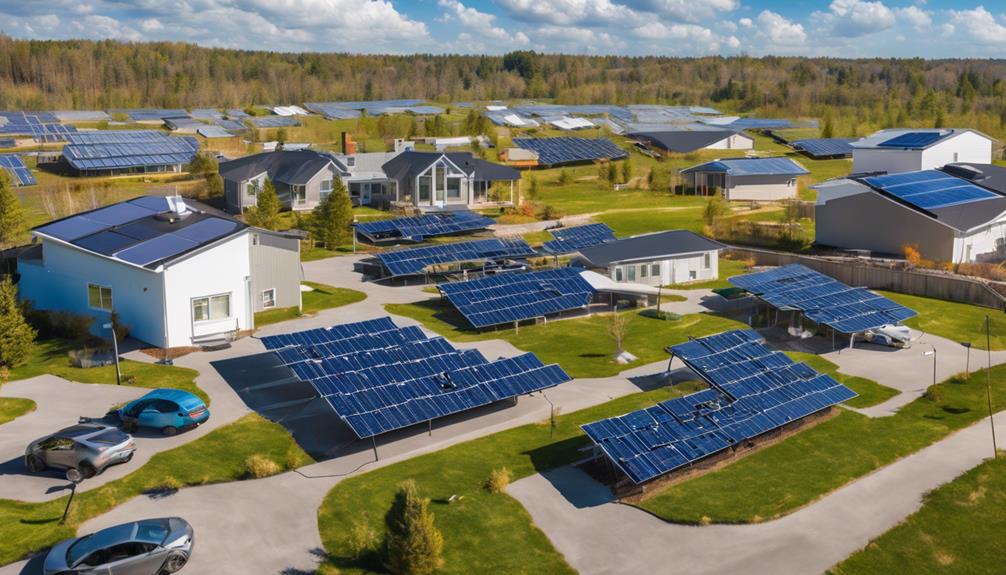
Solar energy has become a popular alternative for powering homes and businesses, thanks to its sustainability and cost-effectiveness. Among the various options available, 200 watt solar panels stand out as a versatile choice for many applications. This guide will explore everything you need to know about 200 watt solar panels, from their efficiency and benefits to installation tips and maintenance.
Understanding 200 Watt Solar Panels
At the core of solar energy systems are solar panels, which convert sunlight into electricity. A 200 watt solar panel is capable of producing 200 watts of power under optimal conditions, typically measured under peak sunlight (approximately 1,000 watts per square meter). These panels are often made of silicon cells, either monocrystalline or polycrystalline, and are suitable for various applications, including residential, commercial, and off-grid setups. Understanding how these panels work and their energy output is crucial for anyone looking to invest in solar power.
Benefits of Using 200 Watt Solar Panels
Investing in 200 watt solar panels comes with numerous advantages. First and foremost, they are highly efficient, making them suitable for small to medium-sized energy needs. Their compact size allows for easy installation in limited spaces, such as rooftops or small properties. Additionally, they provide a cost-effective solution for those looking to reduce their energy bills and carbon footprint. With advancements in technology, the lifespan of solar panels has also increased, often exceeding 25 years, ensuring a long-term return on investment.
Applications of 200 Watt Solar Panels
200 watt solar panels are versatile and can be used in various applications. For residential users, they are perfect for powering small appliances, lighting, and backup energy systems. In off-grid setups, such as cabins or RVs, these panels can provide reliable energy without needing a connection to the grid. Additionally, businesses can utilize them for energy efficiency, reducing overall operational costs. Understanding the specific application for which you intend to use 200 watt solar panels can help determine the number of panels required and the overall system design.
How to Choose the Right 200 Watt Solar Panels
Selecting the best 200 watt solar panels for your needs involves considering several factors. First, evaluate the type of solar cells—monocrystalline panels tend to be more efficient and space-saving, while polycrystalline panels are generally less expensive but may require more space. Next, check the panel’s efficiency rating, which indicates how much sunlight is converted into usable electricity. Other factors include warranty, manufacturer reputation, and certifications. By taking these elements into account, you can make an informed decision that aligns with your energy needs.
Installation Process for 200 Watt Solar Panels
Installing 200 watt solar panels can be straightforward, especially for those with DIY skills. However, it’s essential to follow best practices to ensure maximum efficiency. Begin by assessing your roof’s orientation and tilt, as these factors influence solar exposure. Next, select a suitable mounting system that fits the panel size and roof type. Once you have installed the mounting brackets, securely attach the panels and connect the wiring to your inverter and battery system if applicable. For those less inclined to DIY, hiring a professional installer is often recommended to ensure optimal performance and adherence to safety standards.
Maintenance of 200 Watt Solar Panels
Maintaining your 200 watt solar panels is crucial for ensuring long-term efficiency and reliability. Regular cleaning is essential, as dirt, dust, and debris can obstruct sunlight and reduce output. Depending on your location, cleaning the panels a few times a year may be sufficient. Additionally, it’s important to inspect the panels for any physical damage, such as cracks or loose connections. Monitoring your energy output can help identify any potential issues early on. Keeping a maintenance log can also be beneficial for tracking performance over the years.
Cost Considerations and Financial Incentives
The cost of 200 watt solar panels can vary significantly based on the brand, type, and installation complexity. On average, homeowners can expect to pay between $150 to $400 per panel, excluding installation costs. However, numerous financial incentives are available to offset these initial costs, including federal tax credits, state rebates, and local grants. These incentives can dramatically reduce the overall investment and improve the return on investment over time. It’s advisable to research local programs and consult with solar experts to maximize savings.
The Future of Solar Energy and 200 Watt Solar Panels
As technology continues to advance, the future of solar energy looks promising. Innovations in solar panel efficiency, battery storage, and grid integration are paving the way for a more sustainable energy landscape. 200 watt solar panels, in particular, will remain a viable option for those looking to harness solar energy effectively. As energy prices rise and environmental concerns grow, solar energy will play an increasingly critical role in meeting energy demands. By investing in 200 watt solar panels today, you are not only contributing to a greener planet but also positioning yourself to benefit from the ongoing evolution of solar technology.
In conclusion, 200 watt solar panels offer a practical solution for those seeking to harness solar energy. Their versatility, efficiency, and long-term benefits make them an attractive option for a wide range of applications. By understanding their features, installation requirements, and maintenance needs, you can make an informed decision that aligns with your energy goals. As we move toward a more sustainable future, investing in solar energy is not just a financial decision but a commitment to environmental stewardship.





